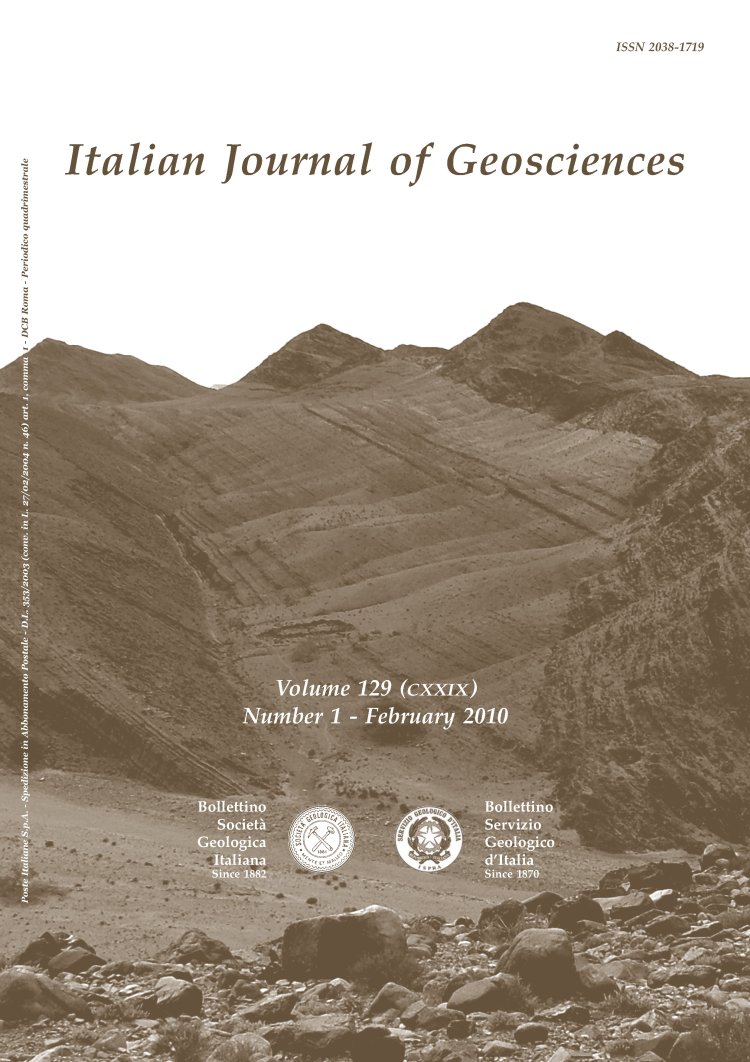
Tectono-sedimentary evolution of the Pliocene to Lower Pleistocene succession of the Apricena-Lesina-Poggio Imperiale quarrying district (western Gargano, southern Italy)
Giulio Pavia(*), Carlo Bertok(*), Giuliano Ciampo(**), Valentino Di Donato(**), Luca Martire(*), Federico Masini(***), Marco Pavia(*), Nicoletta Santangelo(**), Emma Taddei Ruggiero(**) & Marta Zunino(*)
(*) Dipartimento di Scienze della Terra, Università di Torino, Italy (giulio.pavia@unito.it).
(**) Dipartimento di Scienze della Terra, Università di Napoli, Italy (valedido@unina.it).
(***) Dipartimento di Scienze della Terra, Università di Palermo, Italy (fmasini@unipa.it).
DOI: https://doi.org/10.3301/IJG.2009.11
Volume: 129 (2010) f.1
Pages: 132-155
Abstract
The post-Miocene marine succession of the «Apricena horst» is described with the purpose to verify the chronostratigraphic constraints for the type-locality of the Pirro Nord Faunal Unit. The stratigraphic succession has been subdivided in four units bounded by ubiquitous unconformities with evidence of subaerial exposure.
The two basal units (dated late Zanclean to at most early Piacenzian) are formally grouped in the Lago di Varano Fm. that on the whole consists of sediments ranging from lagoonal to circalittoral environments.
Within the lowermost unit, a megabreccia is interpreted as the product of a tsunami event. The third unit, Gelasian in age, is informally cited as Calcari a Briozoi Fm. The last unit, the Lower Pleistocene Serracapriola Fm., consists of siliciclastic deltaic sediments and represents the closure of the marine cycle. Conspicuous lateral facies and thickness changes, and the frequency of unconformities are the consequence of an intense synsedimentary tectonic activity developed in the frame of the southern Apulia foredeep closure.
In the study area, such activity is documented by two E-W trending normal faults which, during Zanclean and at least the earliest Gelasian, controlled the Pliocene horst-graben system of the Apricena-Poggio Imperiale area.
Keywords
Facies analysis, Synsedimentary faulting, Ecobiostratigraphy, Tsunami event, Pliocene, Pirro Nord, W Gargano.
Get Full Text